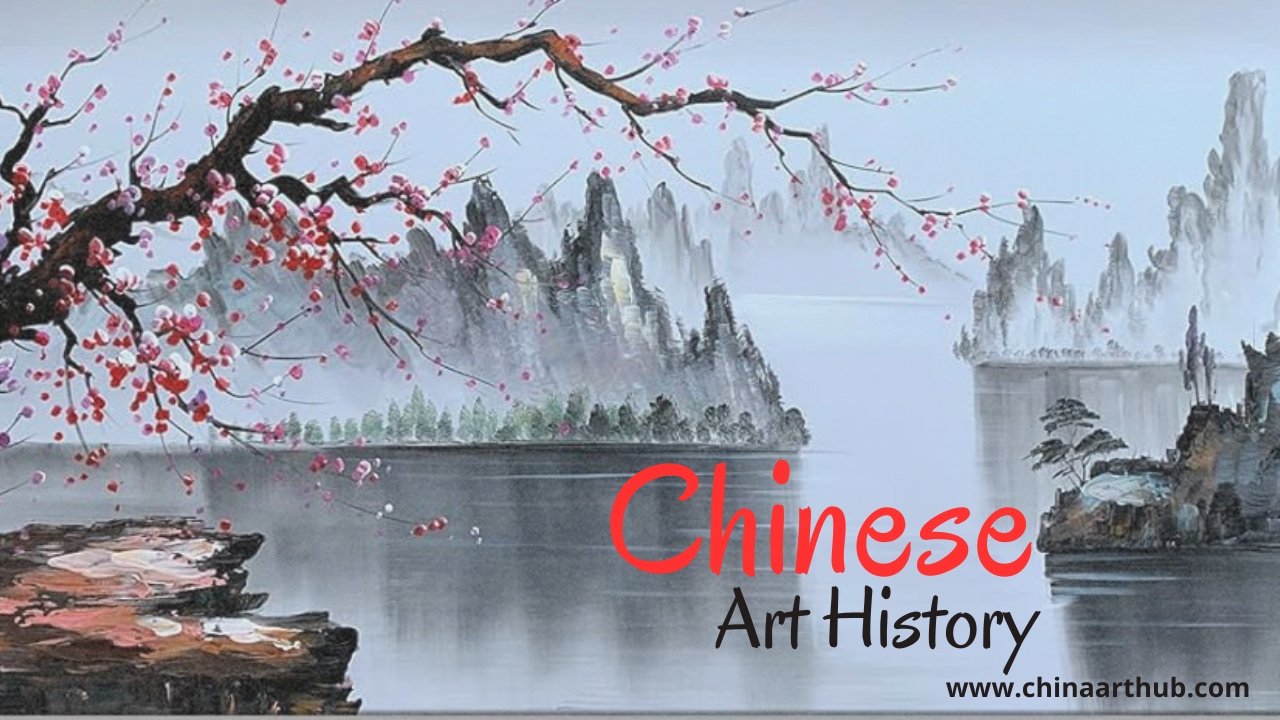education

July 02,2025 • 4 min read
Discovering Chinese Art History: A Deep Dive into China’s Rich Artistic Legacy

Chinese art history is not merely a form of writing—it's a centuries-old artistic tradition deeply rooted in the cultural, philosophical, and historical fabric of China. This profound art form blends visual beauty with literary depth, offering a window into the Chinese way of thinking, feeling, and living. Each stroke tells a story. Each character expresses balance, movement, and emotion.
Unlike Western calligraphy, Chinese calligraphy is centered on brush technique, ink flow, paper texture, and the rhythm of hand movements. These elements align with philosophical doctrines such as Daoism and Confucianism, embodying harmony with nature and self-discipline. From ancient oracle bones to imperial scrolls and modern ink expressions, calligraphy captures the transformation of Chinese society over thousands of years.
At its core, Chinese calligraphy is an act of meditation. Artists often describe the experience as spiritual — a practice where the brush becomes an extension of the mind. With over five major script styles like Seal Script (Zhuanshu), Clerical Script (Lishu), Regular Script (Kaishu), Running Script (Xingshu), and Cursive Script (Caoshu), calligraphy provides infinite opportunities for self-expression.
Calligraphy also held a powerful role in governance and scholarship. Emperors, scholars, and monks used it to communicate authority, intellect, and virtue. Even today, beautifully executed calligraphy hangs in homes, offices, and temples — symbolizing luck, wisdom, and prosperity. It continues to be a vital tool in modern Chinese visual culture, fashion, education, and digital art.
Chinese calligraphy is traditionally created using the Four Treasures of the Study: the brush, ink, paper, and inkstone. Mastery over these tools is essential. Each material interacts differently depending on humidity, pressure, and technique. Brushstrokes must be intentional and disciplined yet fluid and spontaneous. Learning calligraphy requires years of focused training and historical study, making it an admired skill in East Asia and globally.
Today's artists reinterpret this tradition in contemporary forms — combining calligraphy with abstract painting, mixed media, and digital platforms. Calligraphy workshops and exhibitions are flourishing internationally, drawing enthusiasts eager to explore Chinese heritage through artistic practice.
China Art Hub honors this legacy by offering authentic calligraphy tools, curated artworks, and expert content that reflects the depth and beauty of this tradition. Our platform is built for artists, educators, collectors, and cultural learners who value craftsmanship and meaning. Whether you’re a beginner exploring Kaishu or a seasoned artist delving into Caoshu, you’ll find resources that respect tradition while encouraging modern exploration.
Let calligraphy be more than marks on paper. Let it be a conversation with centuries of wisdom — a living, breathing testament to Chinese identity.
Key Features Covered:
-
Deep roots in Daoism, Confucianism, and Chinese philosophy
-
Importance of brush technique and body posture
-
Historical transformation across dynasties
-
Role in governance, scholarship, and cultural rituals
-
Introduction to major script styles
-
Tools: Brush, ink, paper, and inkstone
-
Influence in modern design and multimedia
-
Accessibility for beginners and cultural learners
-
Contemporary artists bridging past and present
-
Resources available through China Art Hub
FAQs
What makes Chinese calligraphy unique?
Its integration of philosophy, rhythm, and brush control makes it an art of both the mind and body.
Is it hard to learn Chinese calligraphy?
It takes discipline and patience, but beginners can start with basic scripts like Kaishu to build skill gradually.
Which script is best for beginners?
Regular Script (Kaishu) is the most structured and widely taught for new learners.
Can I use fountain pen ink for calligraphy?
Fountain pen ink may not be suitable for traditional brush calligraphy as it lacks the viscosity of Chinese ink.
Why is calligraphy important in Chinese culture?
It has been a medium of communication, spiritual reflection, and artistic achievement for over two millennia.
Hanzla Ali Details
User Profile
- Full name
- Hanzla Ali
- Email address
- hanzlaa4008@gmail.com
- Join Date
- 2025-05-13
- State
- City
- Pincode
- Address
- Follow us on Facebook
- Follow us on Twitter
- Website Name
- Bio